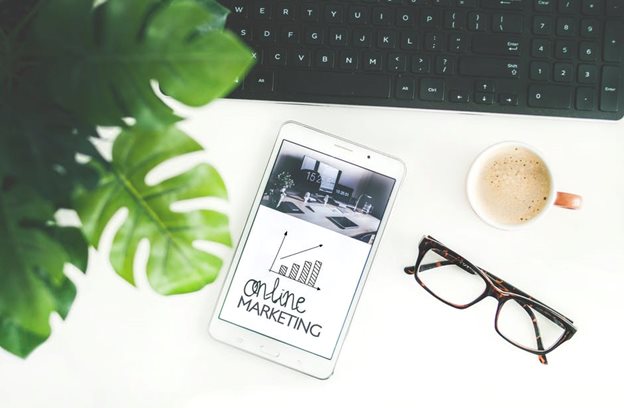Inbound marketing is a strategy that companies and businesses use to attract customers to their brand. Unlike traditional advertising methods like television commercials and online ads that push people towards a sale, inbound marketing draws the attention of potential customers with the use of online content that provides real value.
Outbound marketing is sometimes considered as the “push method”. It focuses on “pushing” products or services on customers through means of traditional advertising methods. Many companies are reducing the money and time they spend on outbound marketing because it is not as effective as it used to be decades ago.
Marketing experts refer to the problem of outbound marketing as “advertising blindness”. People today consider traditional advertisements as being disruptive and avoid it actively.
Some statistics surrounding the effectiveness of outbound marketing include:
Because outbound marketing is not as effective as it once was, marketers are turning to inbound marketing. Instead of “pushing” customers towards a product or service, it “pulls” customers by earning their interest and trust. Therefore, it is often referred to as the “pull method”.
Some statistics surrounding the effectiveness of inbound marketing include:
Because of the fact that inbound marketing is proving to be more effective in the 21st century, it is also more cost-effective. Today digital marketers focus more on inbound rather than on outbound marketing because it provides businesses and companies with the most bang for their buck.


Inbound marketing primarily involves content that can be found on the internet. It includes:
There are also some unexpected choices for businesses that want to stand out from their competitors. Online quizzes, eBooks, studies, infographics, and interactive games are a few other inbound marketing options companies have at their disposal.
In contrast, outbound marketing includes:
Inbound marketing is more effective than outbound marketing because it has the ability to provide real value to customers and clients. It can provide them with information, entertain them, or enable them to connect with companies they are interested in on a personal level.
Tip:
Revolutionize your inbound marketing strategy with clickworker’s content writing services. Our global pool of talented writers is adept at crafting engaging, value-driven content designed to attract and nurture your target audience. From informative blog posts to compelling website content, choose our human expertise or AI-enhanced creativity for content that not only draws visitors in but also converts them into loyal customers.
More about AI Content Editing Services
Because inbound marketing takes place online, SEO is important. It involves the use of keywords and phrases that optimize content so it ranks well on search engines like Google.
SEO is considered a form of inbound advertising because it leads searchers to content based on their query. By typing in a word, phrase, or question, a search engine will pull out content from the internet that matches their search. With this method, customers and clients are able to seek what a company has to offer instead of the company seeking their business.
Because of the fact that the majority of clicks to any website results from organic searches, it is imperative for a company to optimize their content in order to ensure that it ranks well in search engine results.
SEO techniques for this kind of marketing include:

Because inbound marketing focuses on pulling customers, it has the ability to attract attention from a wide variety of people. Where those people are located in the funnel will determine the inbound strategies that are used.
The four phases of inbound methodology include:
Inbound marketing methodology is frequently compared to a funnel where the most website visitors are at the top of the funnel, seeking information. Shoppers can be found in the middle of the funnel, considering a purchase, while the fewest number of visitors at the bottom of the funnel are the ones who follow through and make a purchase. The more detailed methodology outlined above takes the funnel one step further by reminding businesses that there is more work to be done after closing the deal by keeping customers interested in their brand.